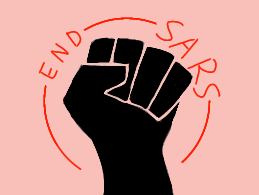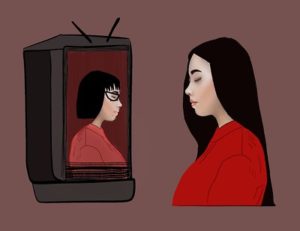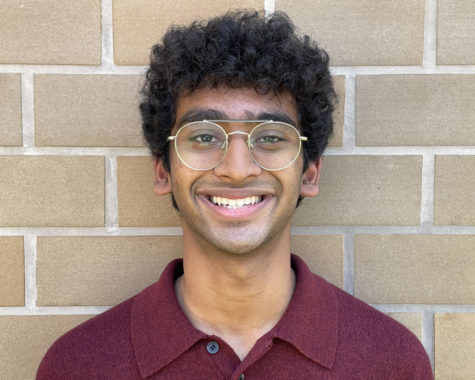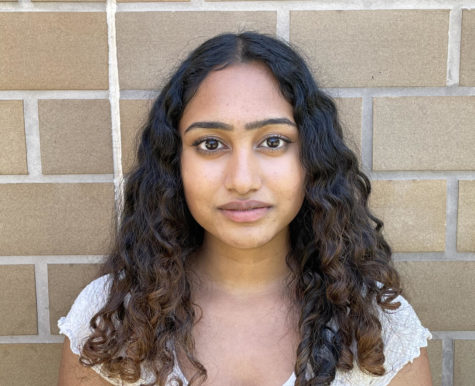Gabby Petito’s disappearance case is the most recent one that demonstrates the ‘slow violence’ that minority communities face in America
The disappearance of Gabby Petito has garnered national media attention which raises the question, “why don’t all cases get this much media exposure?”
November 28, 2021
The Gabby Petito disappearance case has taken over American media, with many major news outlets focusing on the investigation’s numerous twists and turns. Many users on social media platforms like TikTok and Instagram have also donned their detective gear, relentlessly scouring Petito’s photos and videos for any clues.
The case revolves around 21-year old Gabrielle Petito, who was killed while travelling on a cross-country road trip with her fiance Brian Laundrie. The case has also been notorious for its increased media coverage and public interest, despite being one of many disappearance cases in the US, consisting of indigenous women and women of color.
The US has long since struggled with systemic inequity, and this case is yet another instance that adds on to the nation’s checkered past with the issue. News stations around the country were quick to jump on the Petito case which begs the question; why don’t other similar cases involving women of color get this much attention?
There have been numerous cases in the recent year, consisting of African American women, but rarely receive the spotlight. Our Black Girls, a website started by California journalist Erika Marie Rivers strives to zero in on these stories and give them the exposure they deserve.
The website contains multiple entries, with new ones added every day. Rivers explains in an interview with NPR, “I know that there are a lot of stories like that about girls and women who look like me, so why am I not seeing them as much as I’m seeing everything else?” This quote perfectly encapsulates the problem that arises as a result of America’s mindset towards these cases: What exactly makes a death grievable?
Achille Mbembe’s theory of necropolitics can give us the answer to this question. Necropolitics at its base is simple: it’s the use of social and political power to state how people live and how they die.
The continued ignorance of cases involving women of color is an example of a key concept of necropolitics: slow violence. Slow violence is defined by Tony Sandset, a Social Science professor at the University of Oslo, as a violence that “is typically not viewed as a violence at all” In other words, as the people of America continue to look past cases concerning women of color, they’re unaware that this desensitization is incredibly harmful.
Necropolitics also emphasizes the reliance on “an affective mode of expecting and accepting that certain people and communities will die and suffer”, which is unfortunately at play here. There’s a normalized idea in America that Black and Brown communities can and will suffer.
Essentially, when something happens to a woman in the Black and Brown community, the first thought for people is “Well, she must have done something to deserve it!” instead of the empathy that White women receive.
Whenever a case involves a white person, especially someone who’s young, attractive, and “innocent”, it goes against the norm and people are awestruck, quick to do whatever is in their power to get to the bottom of the mystery. Petito’s story is one such example, where people dropped their tasks and had to jump on to the case, woefully unaware that more than 710 indigenous women had disappeared in Wyoming over the past decade, the same state where Petito went missing.
This manipulation of grievability is shown, as cases concerning “Missing white woman syndrome” are highlighted while cases concerning women of color simply become afterthoughts. While I agree that the media can’t possibly focus on each and every missing person case, it’s quite clear which stories they’d like to focus on.
According to a 2018 study conducted by the U.S. National Library of Medicine and National Institutes of Health, “Blacks on average remain missing longer and are more likely to still be missing by the end of our observation period than non-Black children”.
Well what’s the solution? It’s going to take everyone – everyday citizens, the media, law enforcement, and more.
We need to keep in mind that no human life is above anyone else, regardless of skin tone, age, beauty, etc. The current mindset of believing that the disappearance cases of minorities are negligible needs to be eradicated.
We need to commit to doing the same amount of investigative work for all cases and break the tradition of promoting White females and disregarding the lives of Black and Brown women.






